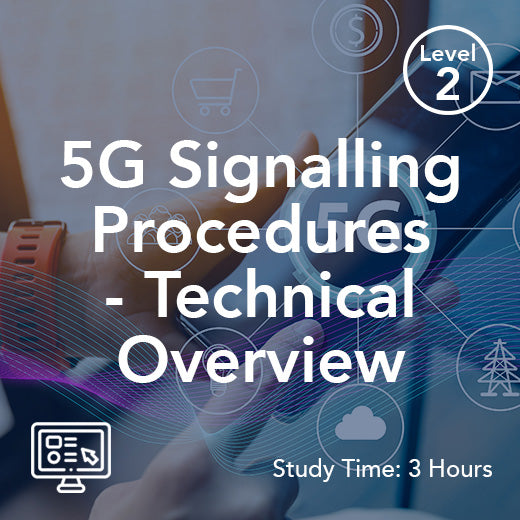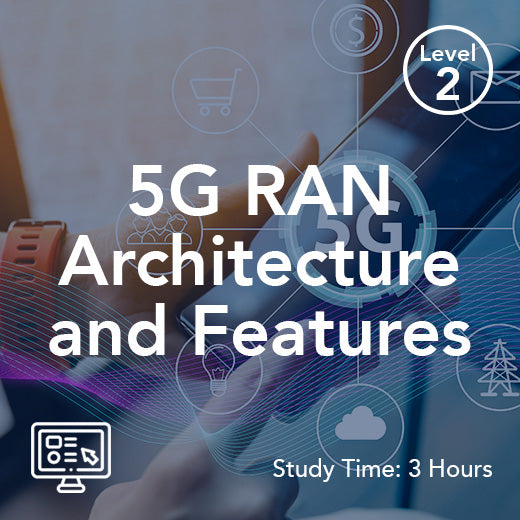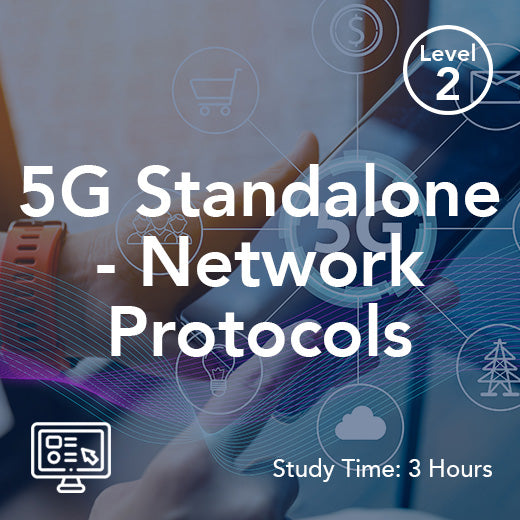What is multi-layer security in 5G?
- , by Stephanie Burrell
- 2 min reading time
In today's digital age, security is a top priority for businesses and individuals alike. With the advent of 5G technology, the need for robust security measures has become even more critical. One of the key components of ensuring the security of 5G networks is multi-layer security.
So, what exactly is multi-layer security in 5G? In simple terms, multi-layer security involves implementing multiple layers of security measures to protect the network from various types of cyber threats. These layers work together to provide a comprehensive and robust security framework that can effectively safeguard the network and its users.
One of the primary reasons why multi-layer security is essential in 5G networks is the sheer complexity and scale of these networks. 5G networks are designed to support a vast array of devices and applications, ranging from smartphones and IoT devices to autonomous vehicles and smart cities. This diversity of devices and applications creates numerous entry points for cyber attackers, making it crucial to have multiple layers of security in place to mitigate these risks.
The first layer of security in 5G networks is typically the physical layer. This includes measures such as secure hardware components, tamper-resistant modules, and physical security controls to protect the network infrastructure from physical attacks. By securing the physical layer, organizations can prevent unauthorized access to critical network assets and reduce the risk of physical tampering.
The second layer of security in 5G networks is the network layer. This involves implementing firewalls, intrusion detection systems, and other network security controls to monitor and protect the flow of data within the network. By securing the network layer, organizations can detect and block malicious traffic, prevent unauthorized access to sensitive data, and ensure the integrity and confidentiality of communications.
The third layer of security in 5G networks is the application layer. This includes implementing secure coding practices, encryption, authentication mechanisms, and other application-level security controls to protect the applications running on the network. By securing the application layer, organizations can prevent common vulnerabilities such as SQL injection, cross-site scripting, and buffer overflows, which can be exploited by cyber attackers to compromise the network.
In addition to these three primary layers of security, multi-layer security in 5G networks also involves implementing additional security measures such as identity and access management, security monitoring and analytics, and incident response capabilities. These additional layers of security help organizations detect and respond to security incidents in real-time, mitigate the impact of cyber attacks, and ensure the continuity of network operations.
Overall, multi-layer security is essential for ensuring the security and integrity of 5G networks. By implementing multiple layers of security controls at the physical, network, and application layers, organizations can effectively protect their network infrastructure, data, and users from cyber threats. As 5G technology continues to evolve and expand, it is crucial for organizations to prioritize security and invest in robust multi-layer security measures to safeguard their networks and stay ahead of emerging threats.
So, what exactly is multi-layer security in 5G? In simple terms, multi-layer security involves implementing multiple layers of security measures to protect the network from various types of cyber threats. These layers work together to provide a comprehensive and robust security framework that can effectively safeguard the network and its users.
One of the primary reasons why multi-layer security is essential in 5G networks is the sheer complexity and scale of these networks. 5G networks are designed to support a vast array of devices and applications, ranging from smartphones and IoT devices to autonomous vehicles and smart cities. This diversity of devices and applications creates numerous entry points for cyber attackers, making it crucial to have multiple layers of security in place to mitigate these risks.
The first layer of security in 5G networks is typically the physical layer. This includes measures such as secure hardware components, tamper-resistant modules, and physical security controls to protect the network infrastructure from physical attacks. By securing the physical layer, organizations can prevent unauthorized access to critical network assets and reduce the risk of physical tampering.
The second layer of security in 5G networks is the network layer. This involves implementing firewalls, intrusion detection systems, and other network security controls to monitor and protect the flow of data within the network. By securing the network layer, organizations can detect and block malicious traffic, prevent unauthorized access to sensitive data, and ensure the integrity and confidentiality of communications.
The third layer of security in 5G networks is the application layer. This includes implementing secure coding practices, encryption, authentication mechanisms, and other application-level security controls to protect the applications running on the network. By securing the application layer, organizations can prevent common vulnerabilities such as SQL injection, cross-site scripting, and buffer overflows, which can be exploited by cyber attackers to compromise the network.
In addition to these three primary layers of security, multi-layer security in 5G networks also involves implementing additional security measures such as identity and access management, security monitoring and analytics, and incident response capabilities. These additional layers of security help organizations detect and respond to security incidents in real-time, mitigate the impact of cyber attacks, and ensure the continuity of network operations.
Overall, multi-layer security is essential for ensuring the security and integrity of 5G networks. By implementing multiple layers of security controls at the physical, network, and application layers, organizations can effectively protect their network infrastructure, data, and users from cyber threats. As 5G technology continues to evolve and expand, it is crucial for organizations to prioritize security and invest in robust multi-layer security measures to safeguard their networks and stay ahead of emerging threats.

































